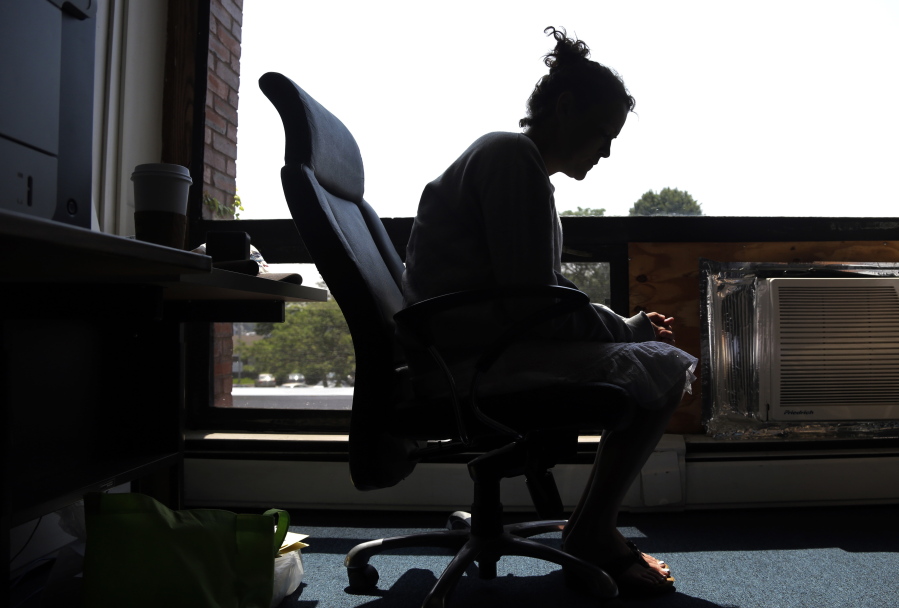BOSTON — A novel drug addiction program developed in a small Massachusetts fishing town and since replicated in dozens of cities nationwide was able to place almost 400 addicts into treatment nearly each time they sought it during the first year of operation, researchers said in a report being published Thursday in the New England Journal of Medicine.
The team from the Boston Medical Center and Boston University’s School of Public Health said 376 addicts sought assistance 429 times from the Gloucester Police Department’s Angel program from June 2015 to May 2016. They received the help they needed nearly 95 percent of the time, researchers said.
Davida Schiff, a Boston Medical Center doctor and lead author of the report, said that rate is far higher than the 50 to 60 percent for similar, hospital-based initiatives.
Part of the reason, she said, is that Gloucester’s addicts were voluntarily coming to police seeking help. “They were motivated individuals that came to the station ready to engage in care,” Schiff said.



